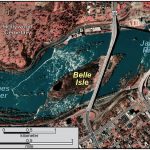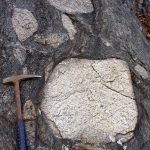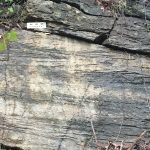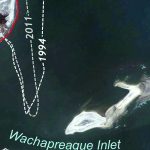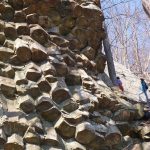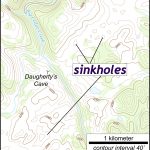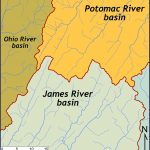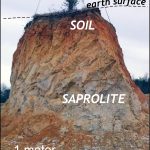
A Resource for Information on the Commonwealth's Geology
Featured Image
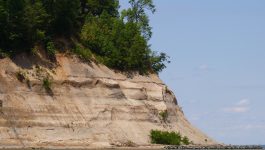
Cliffs of Westmoreland
The Cliffs of Westmoreland rise 30 to 45 meters (~100 to 150′) above the waters of the Potomac River. These bluffs expose Miocene to Pliocene sedimentary units, some which are quite fossiliferous. For more information on the geology of Westmoreland checkout the 2005 Virginia Geological Field Conference guidebook by Buck Ward and others. Note the […]
What’s New in Virginia Geology
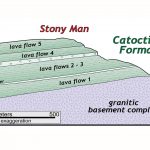
Virginia is for Lavas- The Catoctin Formation
Many of the highest peaks in Shenandoah National Park (including Hawksbill, Stony Man, and Hightop Mountain, just to name a few) are underlain by distinctive bluish-green rocks that were once ancient lava flows (Virginia is for Lavas!), and are part of a geologic unit known as the Catoctin Formation. From the presidential retreat at Camp David to Jefferson’s […]
Copyright © 2025 · Backcountry Child Theme on Genesis Framework · WordPress · Log in
